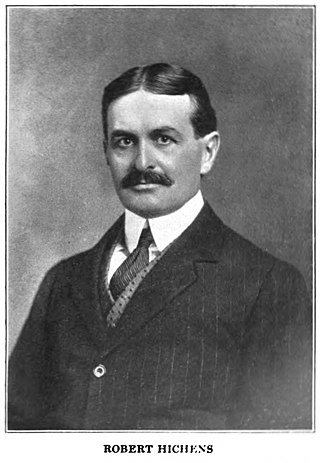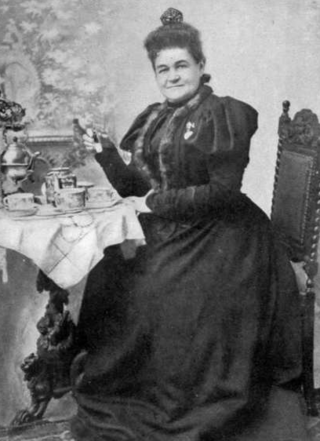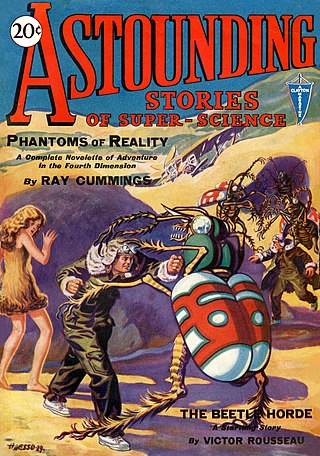Related Research Articles
Pulp magazines were inexpensive fiction magazines that were published from 1896 until around 1955. The term "pulp" derives from the cheap wood pulp paper on which the magazines were printed. In contrast, magazines printed on higher-quality paper were called "glossies" or "slicks". The typical pulp magazine had 128 pages; it was 7 inches (18 cm) wide by 10 inches (25 cm) high, and 0.5 inches (1.3 cm) thick, with ragged, untrimmed edges. Pulps were the successors to the penny dreadfuls, dime novels, and short-fiction magazines of the 19th century.
Rohinton Mistry is an Indian-born Canadian writer. He has been the recipient of many awards including the Neustadt International Prize for Literature in 2012. Each of his first three novels was shortlisted for the Booker Prize. His novels to date have been set in India, told from the perspective of Parsis, and explore themes of family life, poverty, discrimination, and the corrupting influence of society.

Robert William Chambers was an American artist and fiction writer, best known for his book of short stories titled The King in Yellow, published in 1895.

The Strand Magazine was a monthly British magazine founded by George Newnes, composed of short fiction and general interest articles. It was published in the United Kingdom from January 1891 to March 1950, running to 711 issues, though the first issue was on sale well before Christmas 1890. Its immediate popularity is evidenced by an initial sale of nearly 300,000. Sales increased in the early months, before settling down to a circulation of almost 500,000 copies a month, which lasted well into the 1930s.

Robert Emmett Cantwell, known as Robert Cantwell, was a novelist and critic. His first novel, Laugh and Lie Down (1931) is an early example, twenty years before Jack Kerouac, of the American classic genre the "road novel", and also an important example of the "Depression novel" period genre. His most notable work, The Land of Plenty, focuses on a lumber mill in a thinly disguised version of his hometown in Washington state.

The Gentleman's Magazine was a monthly magazine founded in London, England, by Edward Cave in January 1731. It ran uninterrupted for almost 200 years, until 1922. It was the first to use the term magazine for a periodical. Samuel Johnson's first regular employment as a writer was with The Gentleman's Magazine.

William Wymark Jacobs was an English author of short fiction and drama. He is best known for his story "The Monkey's Paw".

"The Adventure of the Retired Colourman" (1926), one of the 56 Sherlock Holmes short stories written by British author Sir Arthur Conan Doyle, is one of 12 stories in the cycle collected as The Case-Book of Sherlock Holmes.

Francis Hopkinson Smith was an American author, artist and engineer. He built the foundation for the Statue of Liberty, wrote many stories and received awards for his paintings.

Our Lady of Darkness (1977) is an urban fantasy novel by American author Fritz Leiber. The novel is distinguished for three elements: the heavily autobiographical elements in the story, the use of Jungian psychology that informs the narrative, and its detailed description of "megapolisomancy", a fictional occult science. It was originally published in shorter form as The Pale Brown Thing.

Robert Hichens was an English journalist, novelist, music lyricist, short story writer, music critic and collaborated on successful plays. He is best remembered as a satirist of the "Naughty Nineties".

Wet Ink magazine was an Australian magazine devoted to publishing new Australian writing, with an emphasis on new and emerging writers. Published quarterly, it featured fiction, poetry and creative non-fiction, plus an interview with a writer and book reviews. Work published ranged from 'literary' to genre-based work. Works were complemented by photography, illustration and clever design.

Mary Virginia Terhune, also known by her penname Marion Harland, was an American author who was prolific and bestselling in both fiction and non-fiction genres. Born in Amelia County, Virginia, she began her career writing articles at the age of 14, using various pennames until 1853, when she settled on Marion Harland. Her first novel Alone was published in 1854 and became an "emphatic success" following its second printing the next year. For fifteen years she was a prolific writer of best-selling women's novels, classified then as "plantation fiction", as well as writing numerous serial works, short stories, and essays for magazines.

David Gray was an American diplomat, journalist, playwright, novelist, short story writer, and lawyer. A World War I veteran, he served in France in the Aviation Section, U.S. Signal Corps, the American Expeditionary Forces, and as a liaison officer attached to several French armies. He was awarded both the Croix de guerre and the Legion of Honour. During World War II, he served as the United States minister to Ireland from 1940 to 1947. Through his marriage to Maude Livingston Hall, the sister of Anna Hall Roosevelt, he was the uncle of Eleanor Roosevelt.
Frederick J. Jackson, also known professionally as Fred Jackson and Frederick Jackson and under the pseudonym Victor Thorne, was an American author, playwright, screenwriter, novelist, and producer for both stage and film. A prolific writer of short stories and serialized novels, most of his non-theatre works were published in pulp magazines such as Detective Story Magazine and Argosy. Many of these stories were adapted into films by other writers.

Analog Science Fiction and Fact is an American science fiction magazine published under various titles since 1930. Originally titled Astounding Stories of Super-Science, the first issue was dated January 1930, published by William Clayton, and edited by Harry Bates. Clayton went bankrupt in 1933 and the magazine was sold to Street & Smith. The new editor was F. Orlin Tremaine, who soon made Astounding the leading magazine in the nascent pulp science fiction field, publishing well-regarded stories such as Jack Williamson's Legion of Space and John W. Campbell's "Twilight". At the end of 1937, Campbell took over editorial duties under Tremaine's supervision, and the following year Tremaine was let go, giving Campbell more independence. Over the next few years Campbell published many stories that became classics in the field, including Isaac Asimov's Foundation series, A. E. van Vogt's Slan, and several novels and stories by Robert A. Heinlein. The period beginning with Campbell's editorship is often referred to as the Golden Age of Science Fiction.
William Gordon Mein was a British book illustrator who flourished in the late 19th to early 20th century. He lived in London from around the turn of the century.
Leonard Charles Smithers was a London bookseller and publisher associated with the Decadent movement of the late 19th century.

Ken Liu is an American author of science fiction and fantasy. Liu has won multiple Hugo and Nebula Awards for his novel translations and original short fiction, which has appeared in F&SF, Asimov's, Analog, Lightspeed, Clarkesworld, and multiple "Year's Best" anthologies.

"The Fiddler of the Reels" is a short story by British writer Thomas Hardy. It was first published in Scribner's Magazine, volume 13 issue 4, April 1893. It was included in Life's Little Ironies, a collection of Thomas Hardy's short stories first published in 1894.
References
- ↑ The Outlook, June 11, 1898